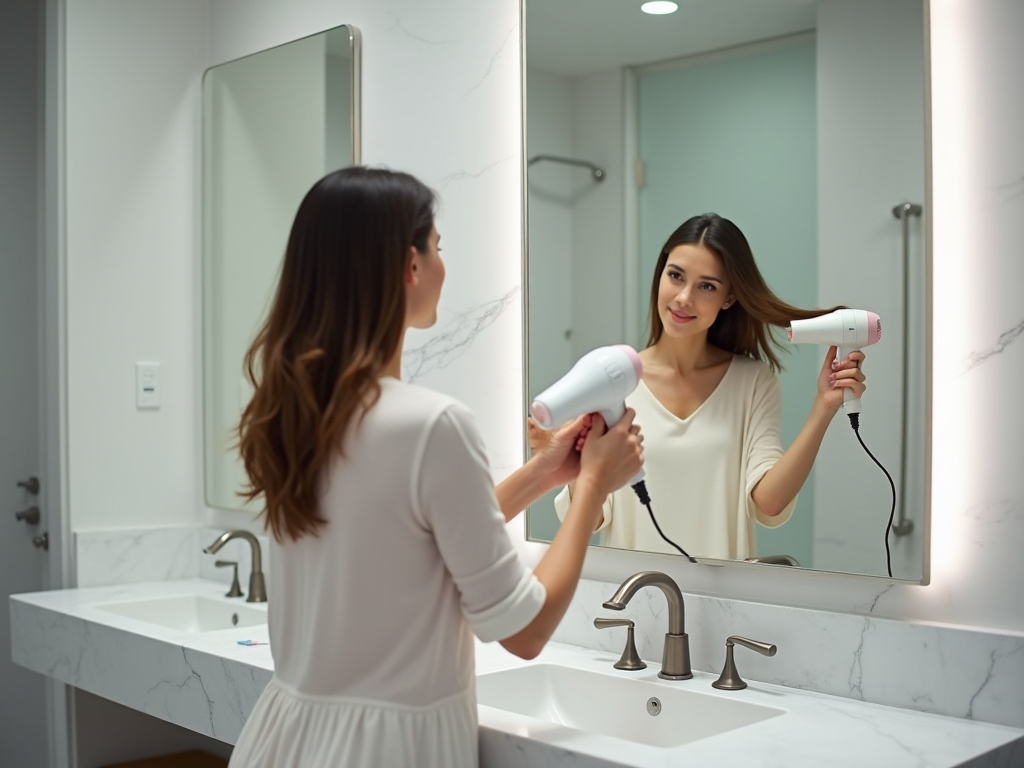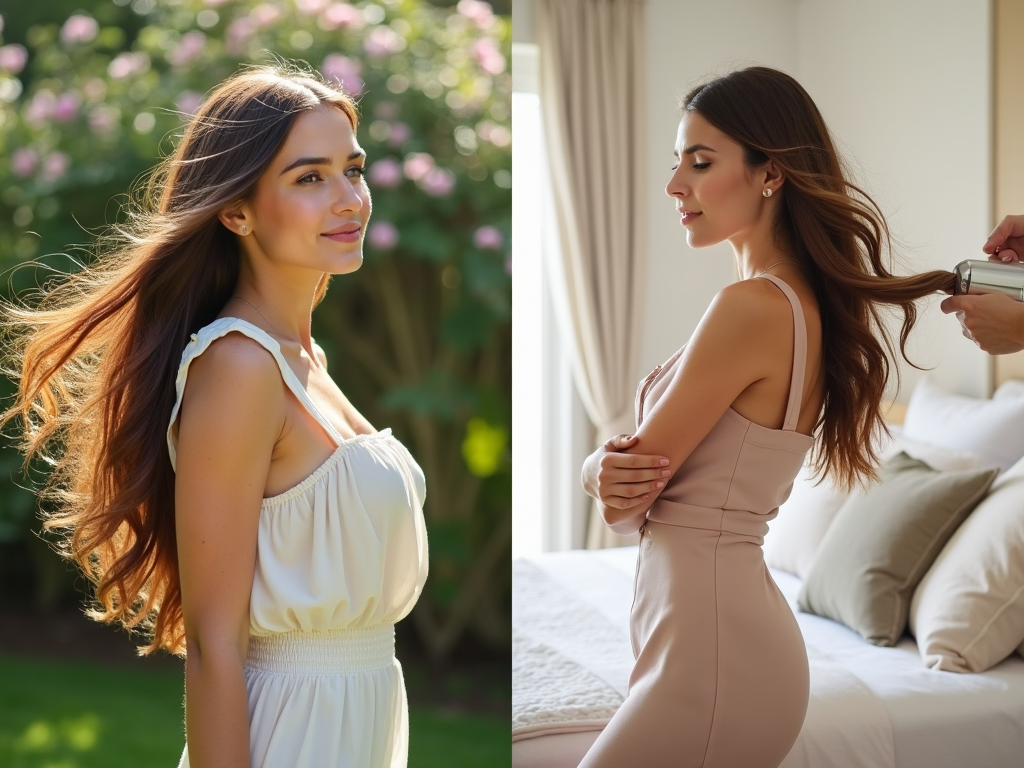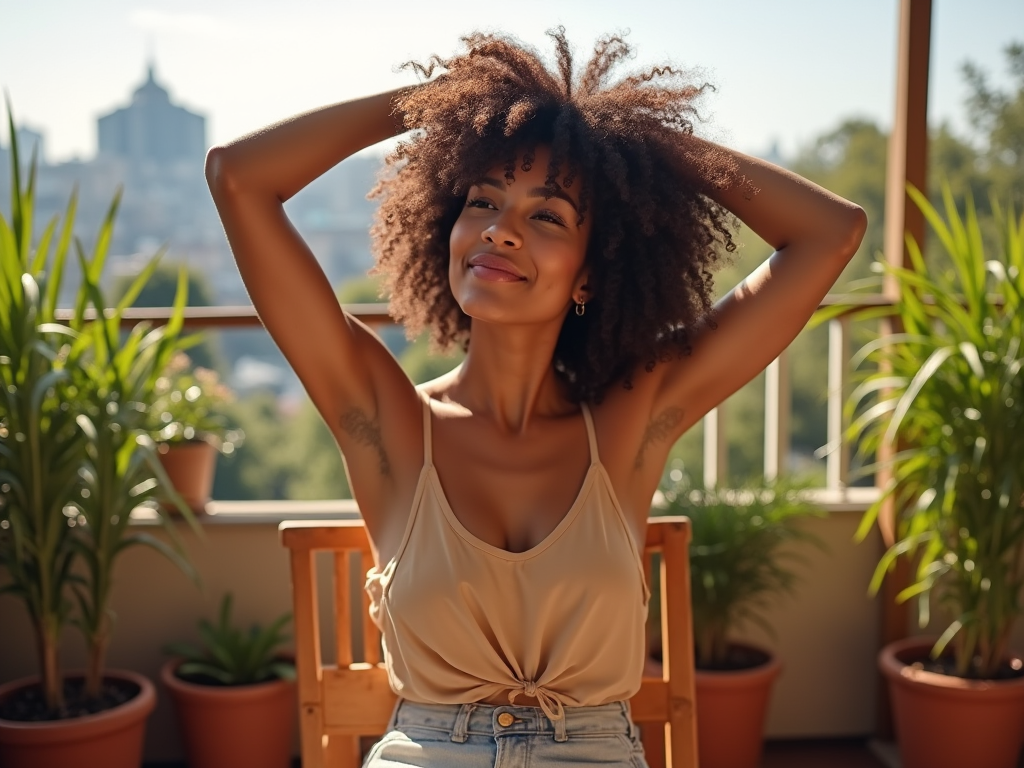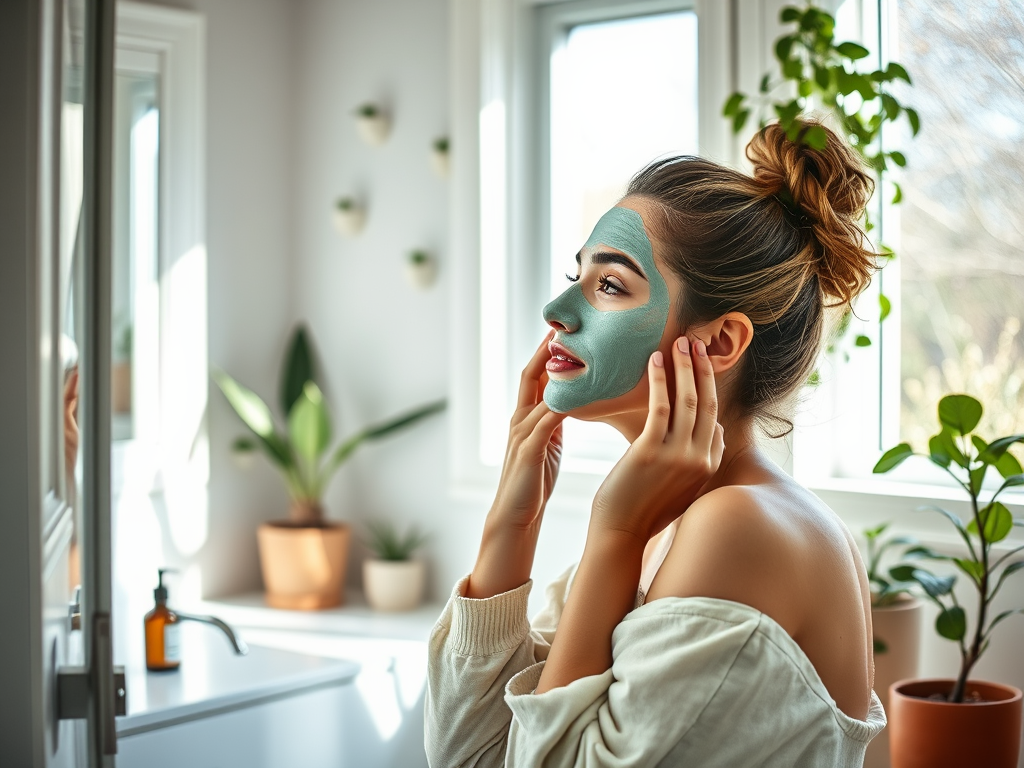When it comes to the great hair-drying debate, both air-drying and blow-drying have their pros and cons, and the best choice often depends on your hair type and desired styling outcome. In this article, we dive deep into both techniques to help you make a well-informed decision. So, if you’re tired of struggling to choose between your trusty hair dryer and letting nature take its course, keep reading to discover which method suits you best.
The Benefits of Air-Drying Your Hair

Air-drying offers a natural and heat-free approach to drying your hair, which many believe to be healthier in the long run. One major advantage is that it eliminates heat-induced damage, meaning your hair cuticles are less likely to become brittle and frizzy. Moreover, air-drying maintains the natural texture and wave pattern of your hair, allowing for a natural look that is often unattainable with heat styling.
Moreover, air-drying is cost-effective and environmentally friendly since it doesn’t require electricity. It grants you the luxury of time as you can simply wash and go, allowing your hair to dry as you continue your day. However, patience is key, as air-drying can be a time-consuming process depending on your hair’s thickness and length. Learning to style damp hair is essential to make the most of air-drying.
While the benefits are appealing, air-drying has its own set of drawbacks. A primary concern is that it can take several hours for hair to dry completely, which might not be practical for everyone’s schedule. During this drying time, your hair may be more susceptible to external factors like wind and pollution, potentially leading to tangling and dirt accumulation.
Additionally, air-drying may not provide the volume or smoothness many seek in their hairstyles. It’s also worth noting that those with dense, coarse, or curly hair might experience more pronounced frizz without the help of heat styling. If sleekness or a polished look is your goal, air-drying alone might fall short.
The Benefits of Blow-Drying Your Hair

Blow-drying, on the other hand, offers speed and convenience, making it a popular choice for those with busy schedules. By harnessing the power of heat, a blow-dryer can expedite the drying process, allowing for quicker styling results. Blow-drying is often a more effective method for achieving volume and sleekness, especially when combined with other styling tools.
Moreover, many blow-dryers come with attachments and settings that can minimize damage, such as cool-shot buttons and diffusers. This versatility allows users to customize their drying process according to their hair type and style preference. By sealing the hair’s cuticle, blow-drying can result in a shinier and smoother appearance, which is a significant draw for many.
Despite its advantages, blow-drying is not without its disadvantages. The primary concern is the potential for heat damage, which can weaken hair over time, leading to split ends and breakage. Frequent use without proper heat protectants can exacerbate this damage significantly.
Additionally, blow-drying can be time-consuming when achieving intricate styles. While attachments help, the learning curve for mastering professional blow-dry techniques can be steep for some. It’s also worth noting that excessive heat exposure can strip the hair of its natural moisture, necessitating additional conditioning treatments to maintain hair health.
Which Method is Right for You?
Choosing between air-drying and blow-drying largely depends on personal factors such as lifestyle, hair type, and styling preferences. Here’s a quick guide to help determine which method might be right for you:
- If your hair is fine and prone to damage, air-drying might be the gentler option.
- For those in a hurry or who favor sleek, voluminous styles, blow-drying offers expedience and control.
- Curly or textured hair types may benefit from air-drying to preserve natural curls without the frizz.
- Consider alternating between both methods depending on the situation to balance hair health and styling desires.
- Always use protective products, like serums or sprays, when opting for blow-drying to minimize potential damage.
Conclusion
Both air-drying and blow-drying come with their unique sets of benefits and challenges. The best approach is often a balance, understanding when to use each method according to your specific hair care needs and lifestyle demands. Remember, whether you choose to air-dry for a healthy, natural look or blow-dry for style and volume, incorporating quality hair care products can mitigate potential damage and enhance your hair’s appearance.
Ultimately, the key is to experiment and find a routine that yields the best results for your hair type and daily routine, keeping your hair healthy and looking its best.
Frequently Asked Questions
1. Can blow-drying cause permanent damage to hair?
Blow-drying with excessive heat or without proper protection can cause temporary damage that leads to dryness and breakage. However, using heat protectants and the correct techniques can largely prevent permanent damage.
2. How can I minimize frizz while air-drying?
To minimize frizz, apply a leave-in conditioner or anti-frizz serum to damp hair, and try to avoid touching your roots as your hair dries. This helps lock in moisture and minimizes disturbances that can cause frizz.
3. Is it better to let my hair air dry overnight?
While air-drying overnight might be convenient, it could lead to tangles or an uneven drying process. Consider towel-drying your hair and applying styling products before sleeping to achieve better results.
4. Are there any alternatives to traditional blow-drying?
Yes, alternatives such as using low-heat settings, diffusers, or even cool air blow-drying can provide the benefits of traditional blow-drying without the high heat exposure.
5. How often should I blow-dry my hair to avoid damage?
Limiting blow-drying to no more than two to three times a week, and always using a heat protectant, can help minimize potential damage while maintaining your hairstyle.



